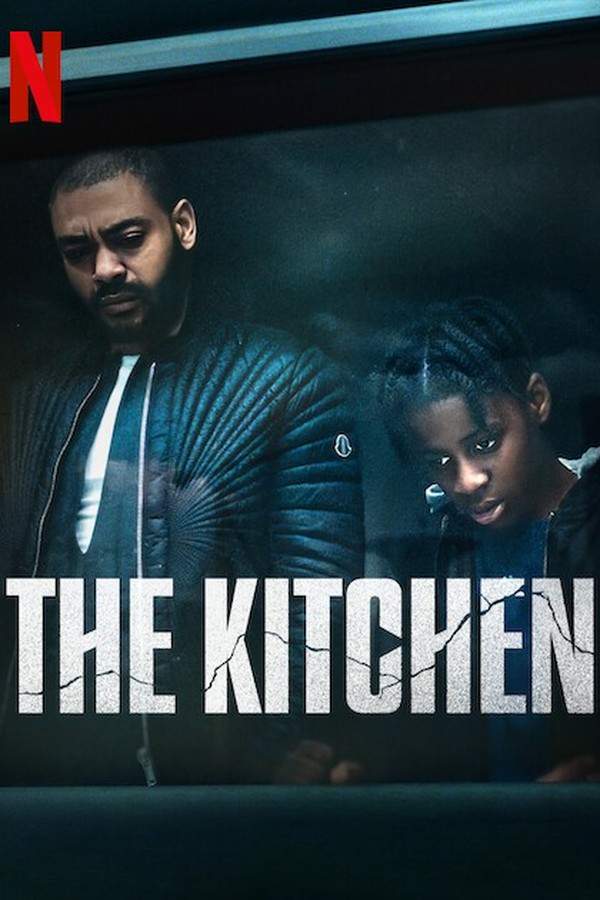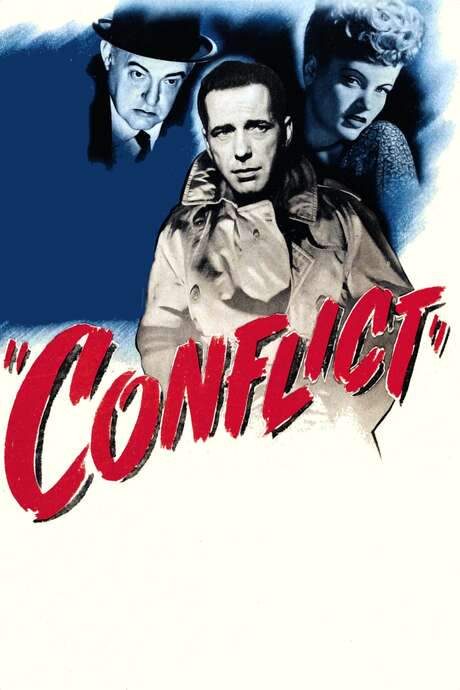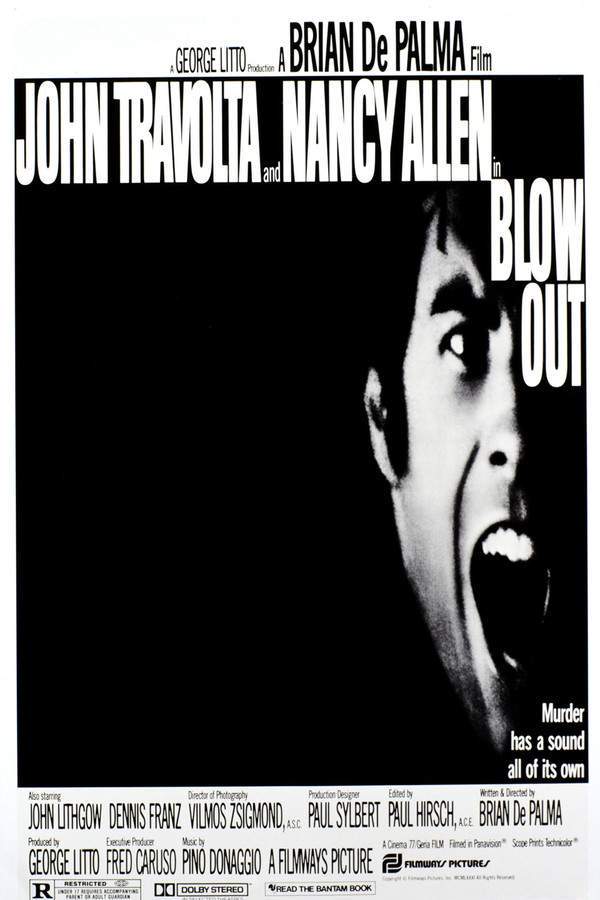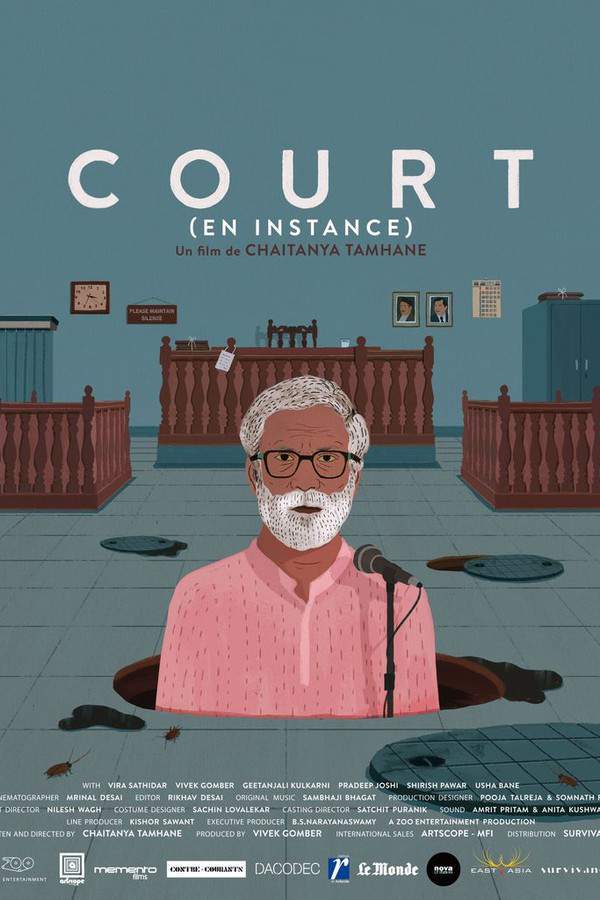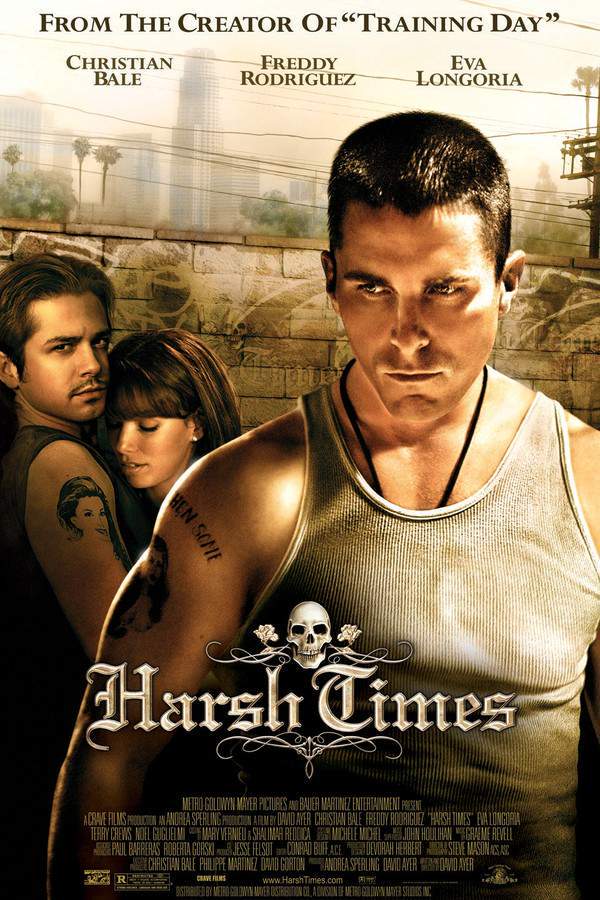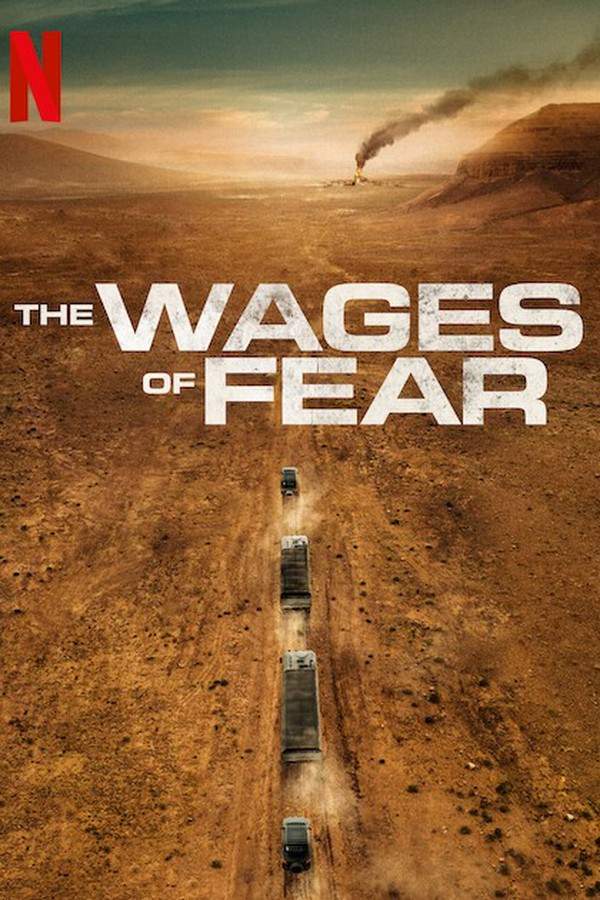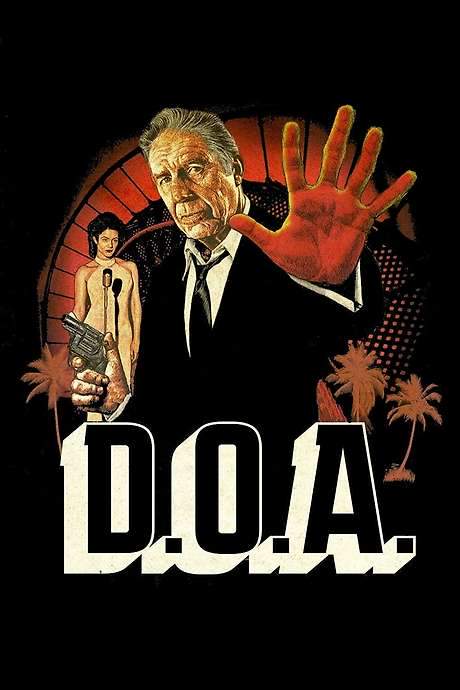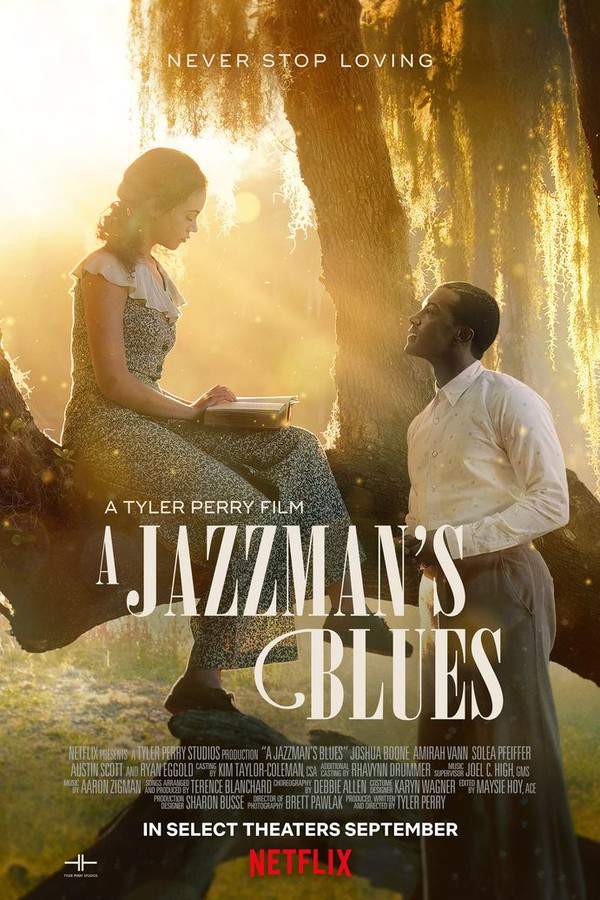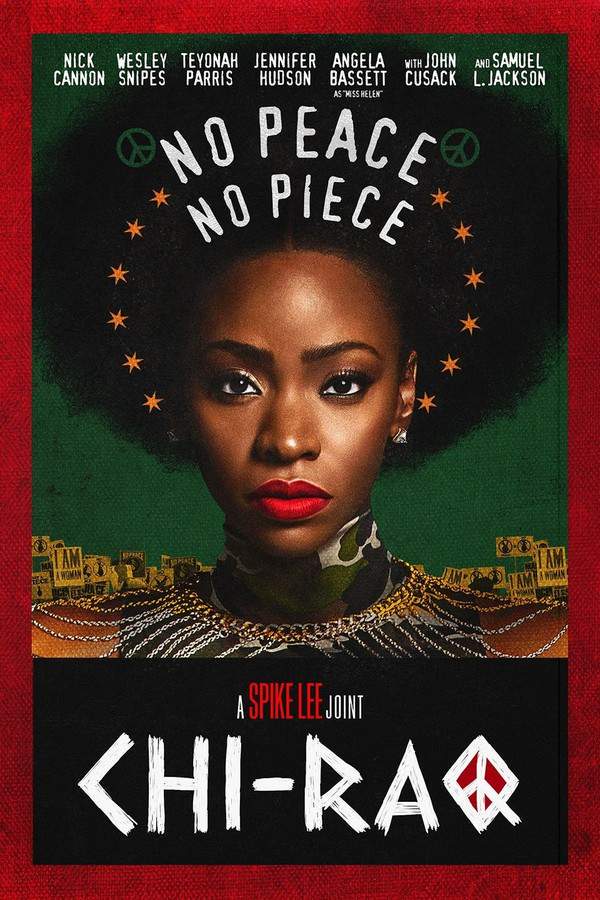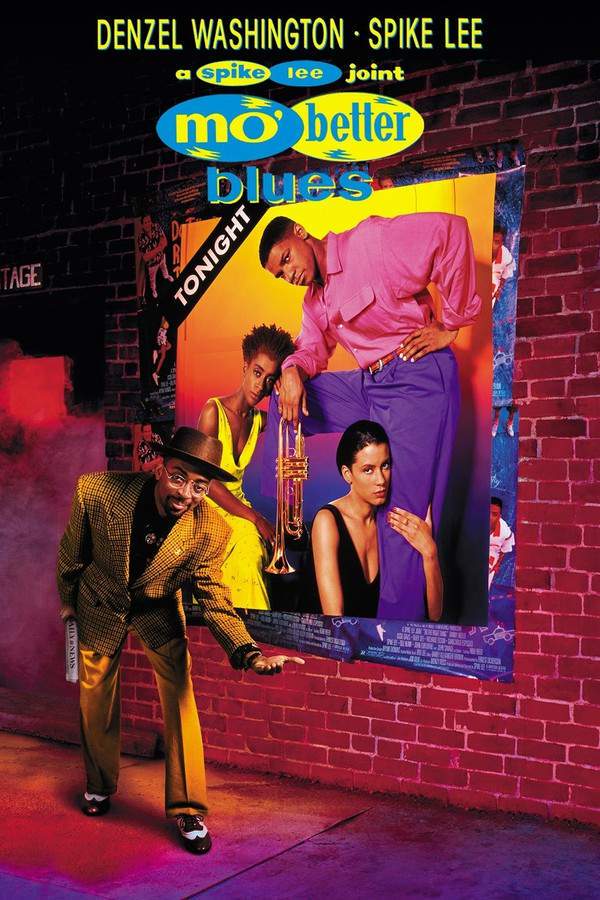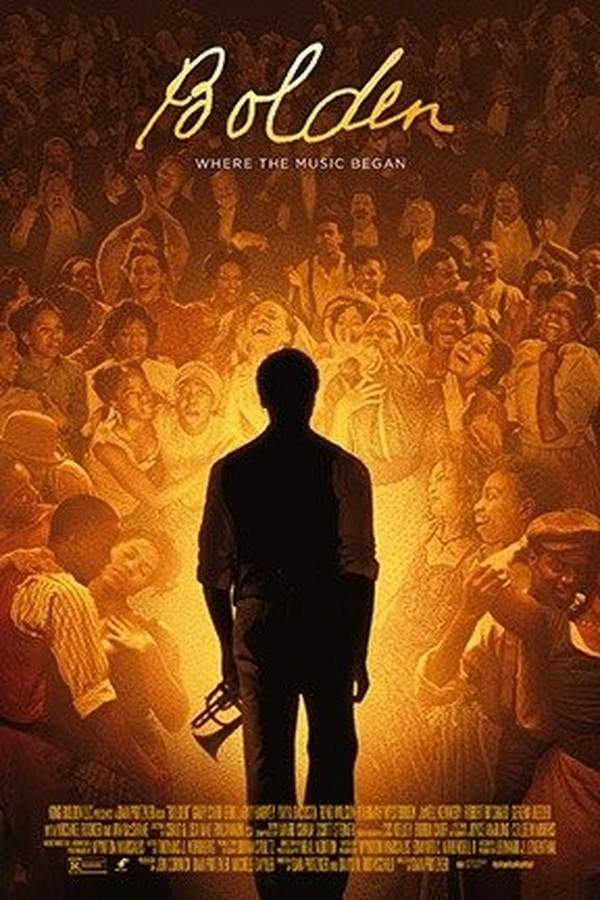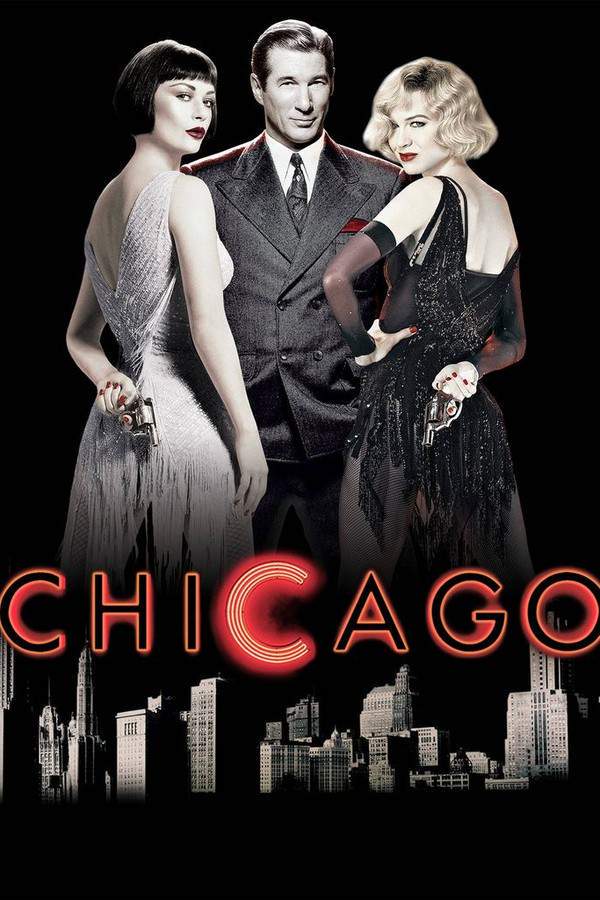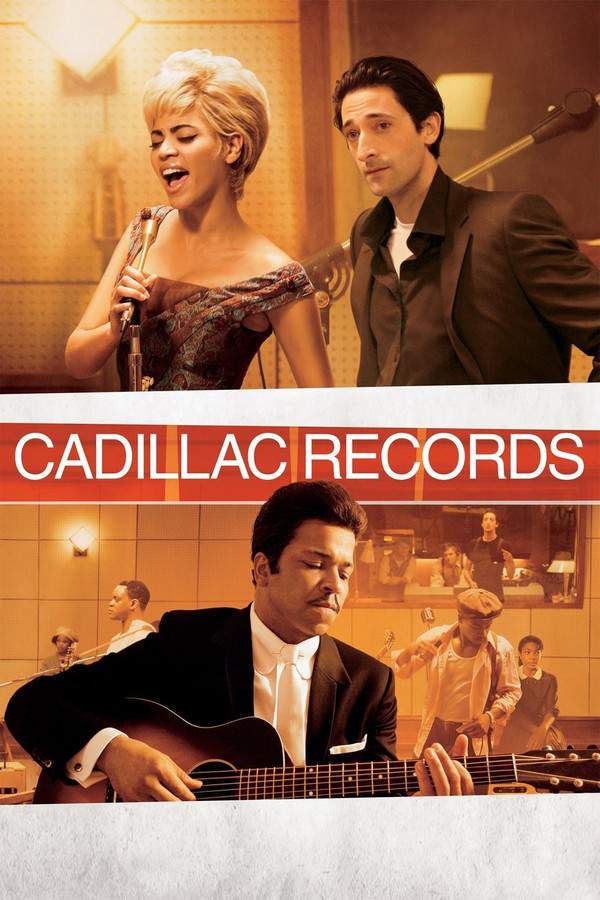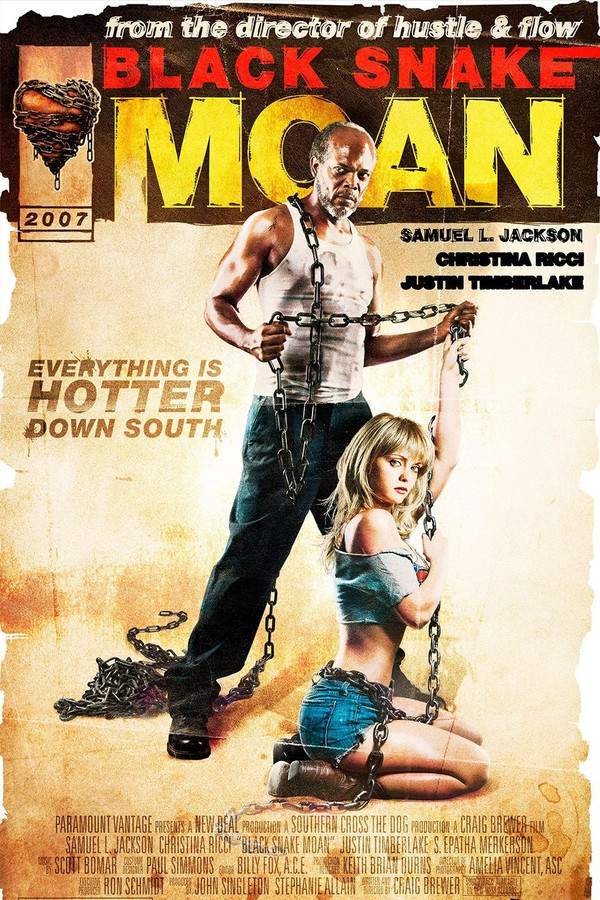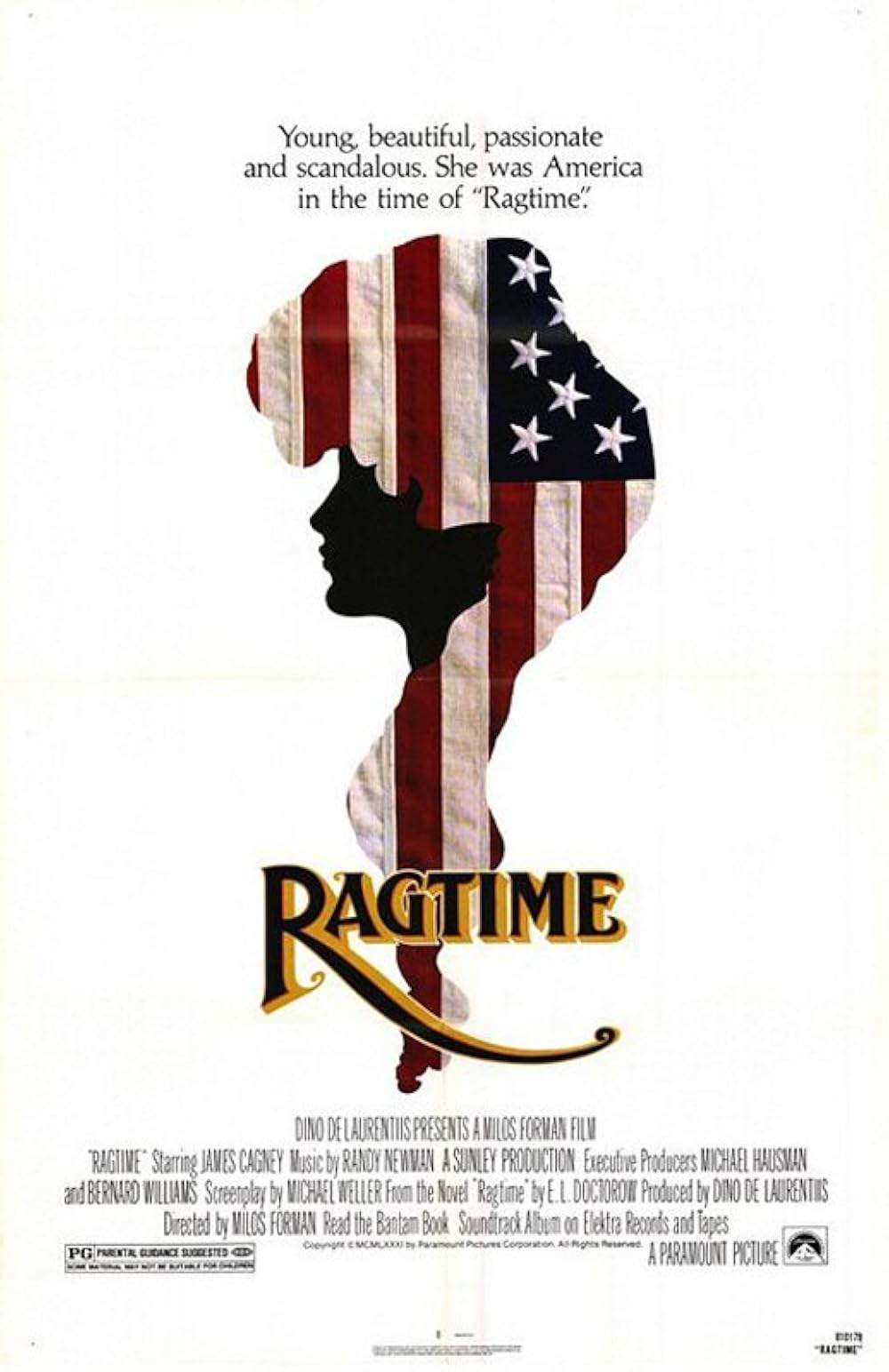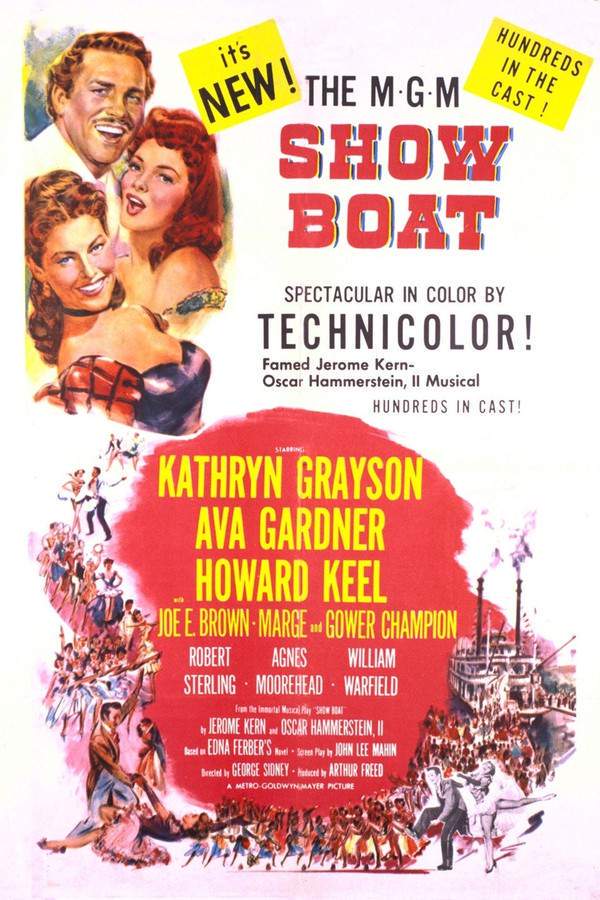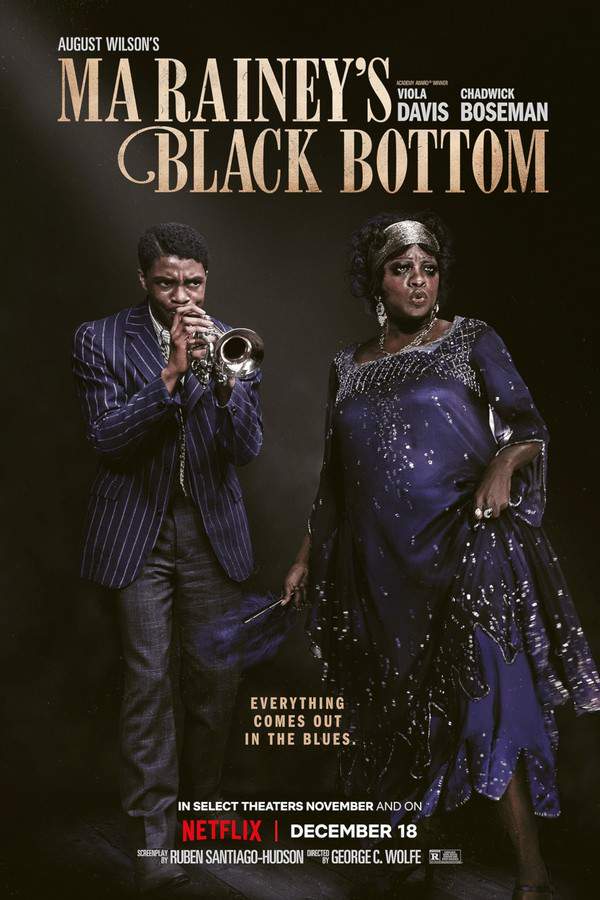
Ma Rainey's Black Bottom
In 1920s Chicago, blues singer Ma Rainey arrives to record an album, but tensions quickly arise as she battles her white manager over artistic control. During the recording session, a young trumpeter’s aspirations and simmering resentments lead to a series of revealing confessions among the band members, exposing complex relationships and challenging racial dynamics in the music industry. The day becomes a pivotal moment that irrevocably changes the lives of everyone involved.
Warning: spoilers below!
Haven’t seen Ma Rainey's Black Bottom yet? This summary contains major spoilers. Bookmark the page, watch the movie, and come back for the full breakdown. If you're ready, scroll on and relive the story!
Ma Rainey's Black Bottom (2020) – Ending Explained & Final Scene Breakdown
Still thinking about how Ma Rainey's Black Bottom (2020) ended? Here’s a full breakdown of the ending, key final moments, major twists, and the deeper meaning behind the film’s conclusion.
In the film’s final moments, Levee, after being fired by Ma Rainey, storms into the rehearsal room and, overwhelmed with anger, kicks down a mysterious door he had been fixating on throughout the story. When he opens it, he finds only a small, empty alley, a stark and disappointing sight that symbolizes his sense of hopelessness and the barriers he faces. Director George C. Wolfe intended this scene as a metaphor for America’s pervasive racism, illustrating that despite Levee’s relentless pursuit of his dreams, he is ultimately met with a dead end—a reality grounded in systemic oppression that offers no escape or progress. Boseman’s powerful portrayal emphasizes Levee’s desperation and longing to understand what lies beyond, only to confront the harsh truth of his limitations.
Later, after being dismissed by Ma Rainey, Levee’s volatile frustration reaches a breaking point when he accuses Toledo of stepping on his shoes. This small incident ignites a tragic act of violence; Levee stabs Toledo in the back, and as the old pianist bleeds out, Levee looks on with tears in his eyes. This heartbreaking conclusion underscores the destructive consequences of rage fueled by systemic injustice and personal failures. It highlights how brutality and violence often ensue in oppressed communities, especially when hopes are dashed and dreams remain unfulfilled. Levee’s cry of remorse over Toledo’s death leaves viewers with a haunting sense of loss and the tragic toll of systemic violence.
The film’s ending shifts dramatically with a scene that contrasts sharply with the earlier violence. Instead of black performers, a group of all-white musicians records an eerily stiff rendition of the song “Jelly Roll,” a moment that symbolizes how the creative work of Black artists like Levee is often appropriated and repurposed without recognition. This overlay serves as a critique of the historical exploitation of Black cultural contributions, emphasizing that even today, the fruits of Black musicians’ labor are frequently taken and reshaped for white audiences, obscuring their origins. Wolfe’s choice to include this scene reinforces the tragic reality that Black artists have long been marginalized, their contributions dismissed or rendered invisible, especially when used in ways that ignore their storytelling and history.
Overall, the film’s ending leaves a lingering impression—an unapologetic critique of racial injustice and the dehumanizing systems that trap Black musicians and creators. It reminds us that, despite progress, the legacy of exploitation and inequality persists, making the powerful performances and symbolic moments—like Levee’s desperate quest, his tragic downfall, and the cultural silencing of Black music—resonate long after the credits roll. Ma Rainey’s final defiance, her sharp words to the studio, and Levee’s tragic fate encapsulate a broader commentary on the resilience and vulnerability of those oppressed by an unyielding system, emphasizing that their stories continue to evoke reflection and change.
Last Updated: June 25, 2025 at 08:58
Explore Movie Threads
Discover curated groups of movies connected by mood, themes, and story style. Browse collections built around emotion, atmosphere, and narrative focus to easily find films that match what you feel like watching right now.
Claustrophobic Single-Setting Dramas like Ma Rainey's Black Bottom
Character conflicts erupt under the pressure of a confined space.Find movies like Ma Rainey's Black Bottom that trap characters in a single, tense location. If you enjoyed the mounting pressure and explosive conflicts within the recording studio, you'll appreciate these films where confined spaces heighten emotional drama and power struggles.
Narrative Summary
These narratives typically use a limited setting—a room, a vehicle, a building—as a crucible that magnifies character flaws and conflicts. The story structure is often real-time or over a short period, with tension building steadily as characters cannot escape each other or their situation, culminating in a dramatic breaking point.
Why These Movies?
Movies are grouped here for their shared reliance on a confined environment to generate narrative tension. They feature a steady pacing that builds towards a cathartic or destructive climax, a high emotional intensity, and a focus on dialogue and character dynamics over external action.
Movies about Artistic Struggle and Exploitation like Ma Rainey's Black Bottom
Characters fight for creative control against systemic forces.Discover films similar to Ma Rainey's Black Bottom that explore the fierce battle for artistic control. If you were moved by the themes of racial injustice and the crushing of creative spirit in the music industry, these movies delve into the high-stakes conflicts between artists and the powers that seek to own their work.
Narrative Summary
The narrative follows a creator whose ambition and talent are met with systemic barriers—be they racial, economic, or corporate. The journey often involves a painful realization of their powerless position, leading to a climactic confrontation over their art. The ending is frequently bittersweet or bleak, highlighting the high cost of the struggle.
Why These Movies?
This thread unites films with a heavy emotional weight that tackle themes of exploitation, ambition, and power dynamics. They share a tense or bleak tone, a steady pacing that allows for deep thematic exploration, and a focus on the fatal conflict between personal expression and external control.
Unlock the Full Story of Ma Rainey's Black Bottom
Don't stop at just watching — explore Ma Rainey's Black Bottom in full detail. From the complete plot summary and scene-by-scene timeline to character breakdowns, thematic analysis, and a deep dive into the ending — every page helps you truly understand what Ma Rainey's Black Bottom is all about. Plus, discover what's next after the movie.
Ma Rainey's Black Bottom Summary
Read a complete plot summary of Ma Rainey's Black Bottom, including all key story points, character arcs, and turning points. This in-depth recap is ideal for understanding the narrative structure or reviewing what happened in the movie.

Ma Rainey's Black Bottom Timeline
Track the full timeline of Ma Rainey's Black Bottom with every major event arranged chronologically. Perfect for decoding non-linear storytelling, flashbacks, or parallel narratives with a clear scene-by-scene breakdown.

Characters, Settings & Themes in Ma Rainey's Black Bottom
Discover the characters, locations, and core themes that shape Ma Rainey's Black Bottom. Get insights into symbolic elements, setting significance, and deeper narrative meaning — ideal for thematic analysis and movie breakdowns.

Ma Rainey's Black Bottom Spoiler-Free Summary
Get a quick, spoiler-free overview of Ma Rainey's Black Bottom that covers the main plot points and key details without revealing any major twists or spoilers. Perfect for those who want to know what to expect before diving in.

More About Ma Rainey's Black Bottom
Visit What's After the Movie to explore more about Ma Rainey's Black Bottom: box office results, cast and crew info, production details, post-credit scenes, and external links — all in one place for movie fans and researchers.

Similar Movies to Ma Rainey's Black Bottom
Discover movies like Ma Rainey's Black Bottom that share similar genres, themes, and storytelling elements. Whether you’re drawn to the atmosphere, character arcs, or plot structure, these curated recommendations will help you explore more films you’ll love.
Explore More About Movie Ma Rainey's Black Bottom
Ma Rainey's Black Bottom (2020) Plot Summary & Movie Recap
Ma Rainey's Black Bottom (2020) Scene-by-Scene Movie Timeline
Ma Rainey's Black Bottom (2020) Movie Characters, Themes & Settings
Ma Rainey's Black Bottom (2020) Spoiler-Free Summary & Key Flow
Movies Like Ma Rainey's Black Bottom – Similar Titles You’ll Enjoy
A Jazzman's Blues (2022) Film Overview & Timeline
Chi-Raq (2015) Spoiler-Packed Plot Recap
Mo' Better Blues (1990) Full Movie Breakdown
Bolden (2019) Plot Summary & Ending Explained
Chicago (2002) Full Summary & Key Details
Cadillac Records (2008) Full Summary & Key Details
Black Snake Moan (2007) Ending Explained & Film Insights
Ragtime (1981) Complete Plot Breakdown
Show Boat (1936) Spoiler-Packed Plot Recap
A Rhapsody in Black and Blue (1932) Detailed Story Recap
Symphony in Black: A Rhapsody of Negro Life (1935) Plot Summary & Ending Explained
Lady Sings the Blues (1972) Detailed Story Recap
St. Louis Blues (1929) Full Movie Breakdown
Birth of the Blues (1941) Spoiler-Packed Plot Recap
Stompin’ at the Savoy (1992) Full Movie Breakdown



